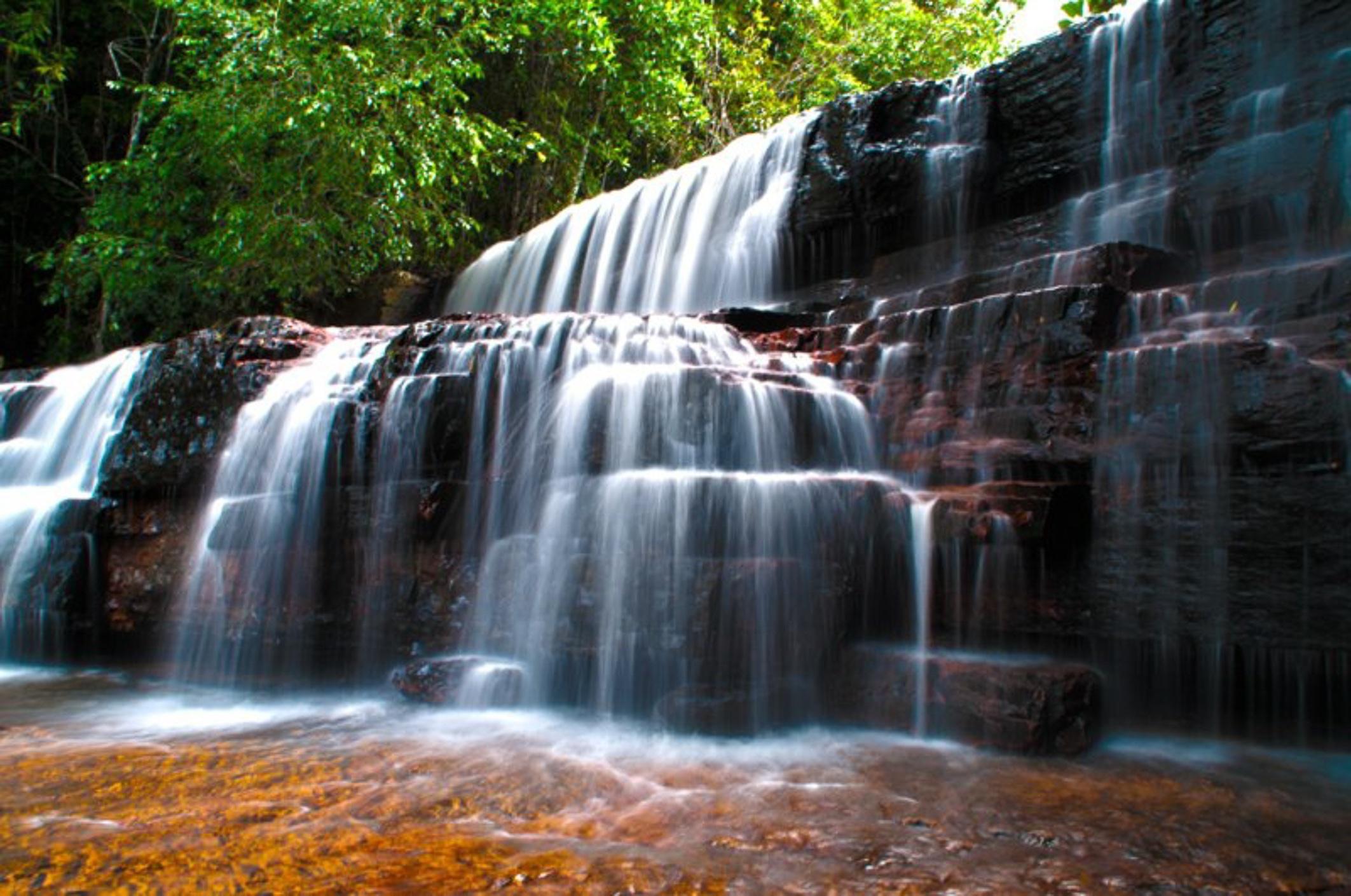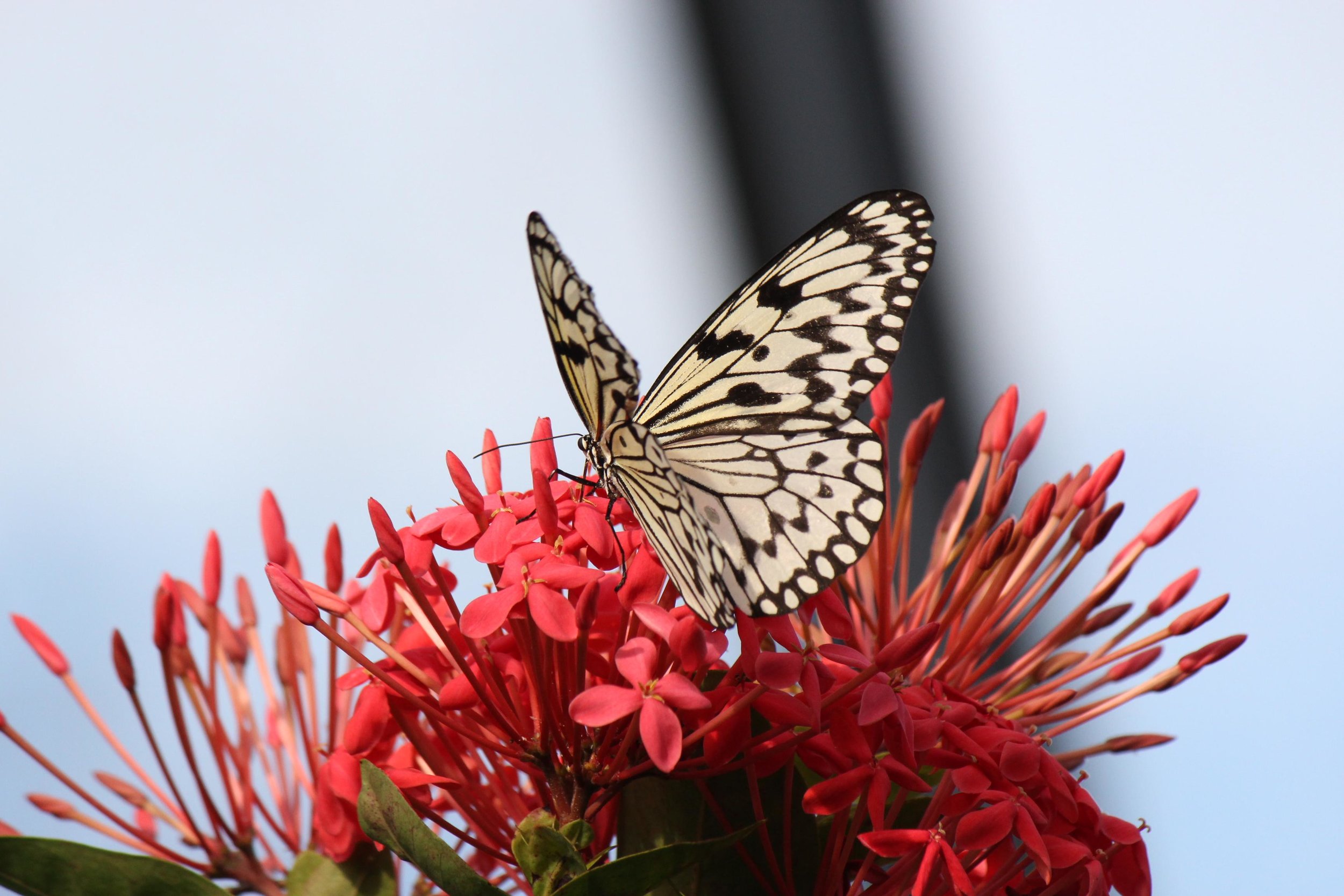Recently on a trip to the Montana mountains, where we spent a week camped near a river that slowly snakes through a broad meadow, I noticed a pair of baby ducks who were clearly without their mother. I walked down to the water several times a day to check on them and was always relieved when I found them actively feeding and looking to be in good health.
I have been interested in birds since I was a teenager and enjoy simply watching them. The more I watched these two ducks I was startled to realize that they were two different species, two very different kinds of duck. One was clearly a diving duck as it keep arching it’s body down into the river in search of food. The other was a dabbling duck incapable of diving, feeding instead on the pondweed and aquatic insects floating on the surface.
I have never seen anything like these two orphaned ducks so different yet so a home with each other. They never strayed more than a few feet from each other’s side. Baby ducks instinctively have a strong urge for the sense of safety in being part of a flock and they had somehow found each other to satisfy that need.
It occurred to me that nature was offering me a wonderful example of creative problem solving and inspiration for how we human may benefit from forming unlikely alliances in these challenging times. The ducks reminded me of the importance of letting go of how we think things should be and opening to being surprised by new possibilities.
This really is the heart of creativity, a willingness to play outside the box, to try new things and imagine new ways of being. Since this experience I have found myself more open to conversations with strangers who I might have previously perceived as quite different from me.
Along that same river I spoke with a stock broker from Chicago who has been fly fishing the region for 40 years and has a deep commitment to the environment. I met a rancher from South Dakota who is on a treasure hunt with his daughter and grandchildren, who explained that the directions to buried treasure was left in the form of a poem that, to my amazement, he recited by heart.
Being more open allows for more inspiration to flow into our creativity as well. I am finding it’s enriching my life in wonderful ways and new ideas keep popping into my mind. So try this. Consider the ways that you can be more open to unexpected inspiration and play with it. See if it doesn’t bring more joy to your life.









